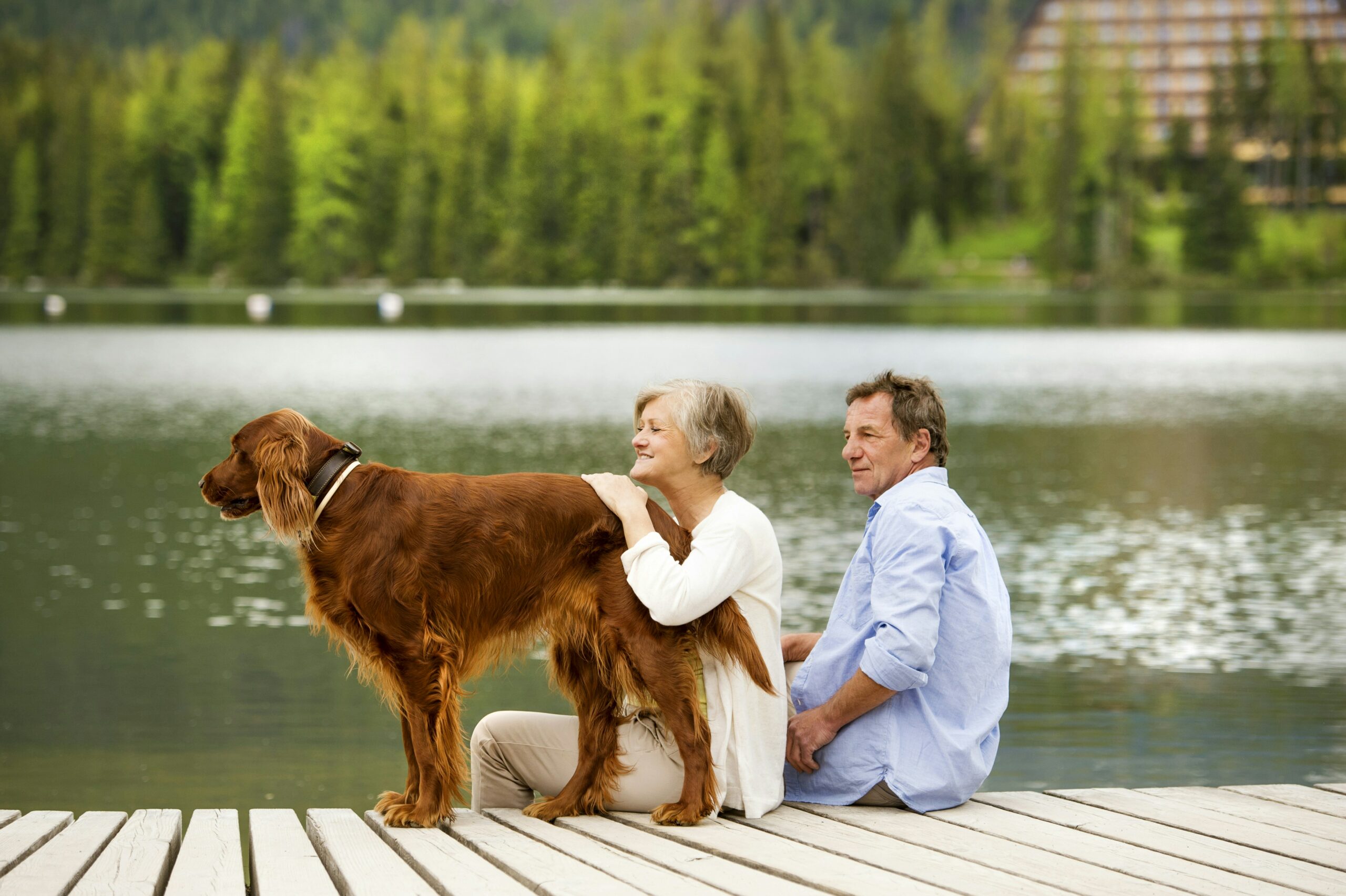
As we venture outside more in the warmer months, many dog owners will be tempted by the allure of scenic walks by lakes and streams. However, there’s an unseen danger that can be deadly for our canine companions: blue-green algae.

Lethal Waters
PDSA Vet Catherine Burke highlights the risk: “Blue-green algae thrive in still or stagnant water, often found in lakes and rivers during the summer. This bacteria is highly toxic to animals and can be fatal, or cause severe long-term health issues for survivors.”
Dogs are especially at risk, as they are prone to drinking from ponds or grooming after a swim in contaminated water. Awareness is key to protecting our furry friends.
Top Tips to Protect Your Pooch
- Spot the Danger
Blue-green algae may appear as green, blue, or brown scum on the water’s surface. It can also clump together, forming blooms and creating foam along the shoreline. Always err on the side of caution, as some algae are toxic only at certain times of the year.
- Stay Vigilant
Avoid letting your dog drink from or swim in water that looks bright green or contains dead fish or animals. These are signs that the water may be dangerously toxic.
- Check for Warnings
Local councils often post signs in areas affected by blue-green algae. Always scan the area for warnings before letting your dog swim.
- Recognise Symptoms
Signs of blue-green algae poisoning can appear within minutes to days after exposure. Look for vomiting, twitching, seizures, diarrhoea, increased thirst, drooling, breathing difficulties, or collapse. Act fast and contact your vet immediately if you notice any symptoms.
- Report and Prevent
If you see blue-green algae without any warning signs, report it to the Environment Agency at 0800 80 70 60. They’ll test the water and put up signs to prevent further incidents.
For more details on blue-green algae poisoning in dogs, visit: www.pdsa.org.uk/algaepoisoningindogs

